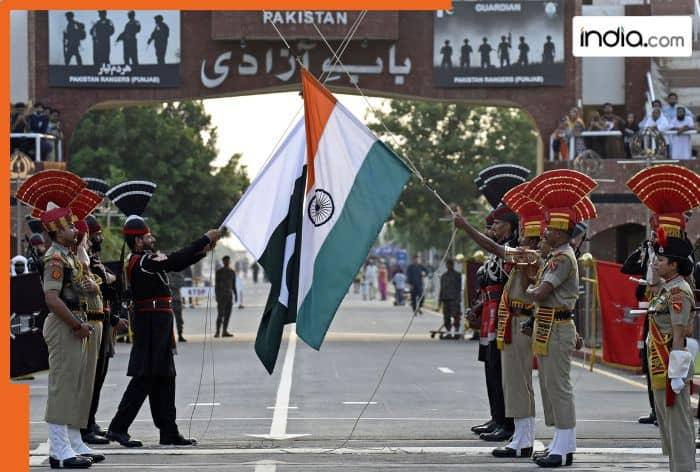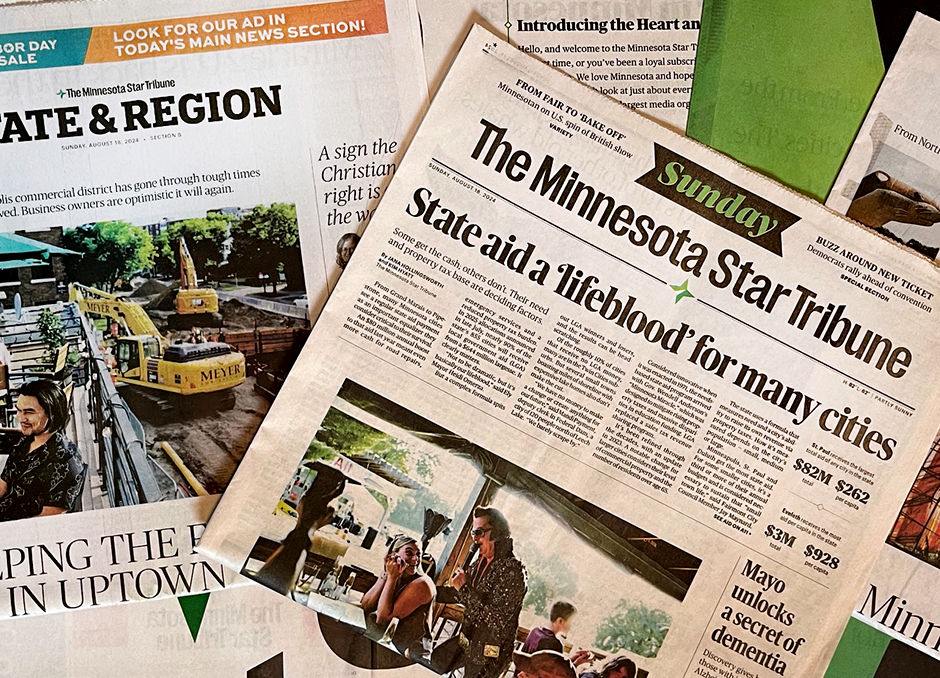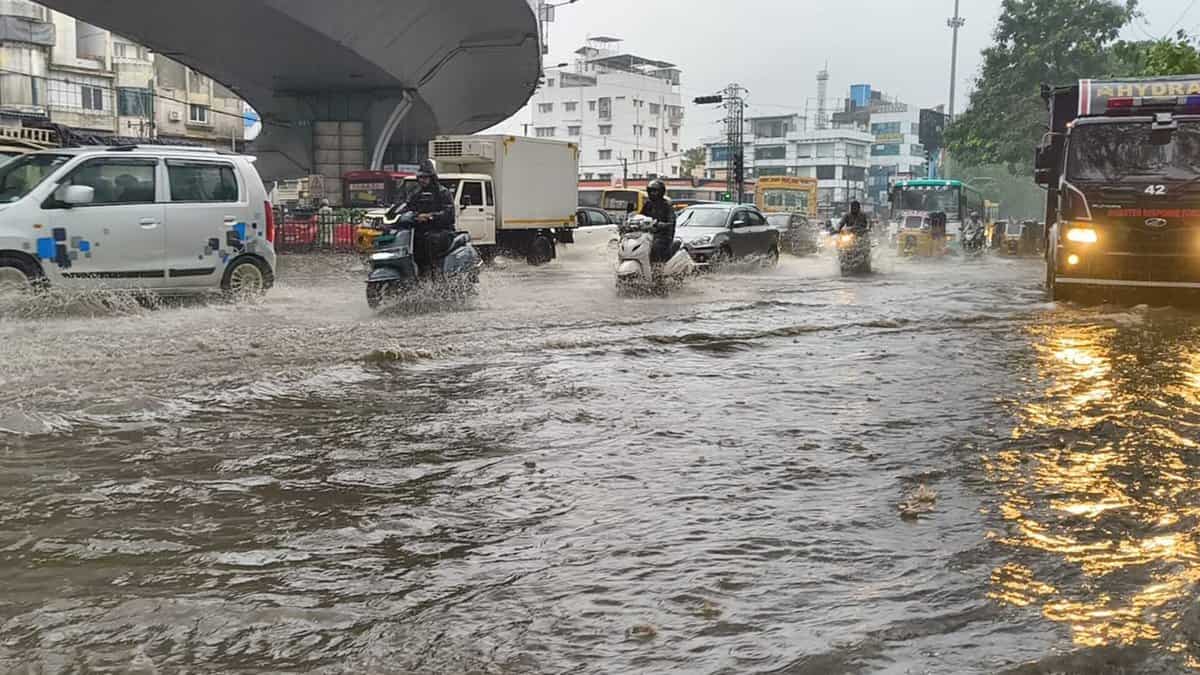After a prolonged struggle, which included several movements like the Non-Cooperation Movement, Civil Disobedience, as well as Quit India Movement, India attained freedom on August 15, 1947.

Every year, India observes Independence Day on August 15 to mark its freedom from British rule since 1947. This day signifies the end of almost 200 years of British colonial rule and pays tribute to several freedom fighters who sacrificed their lives for the nation. After a prolonged struggle, which included several movements like the Non-Cooperation Movement, Civil Disobedience, as well as Quit India Movement, India attained freedom on August 15, 1947. The day is celebrated with flag hoisting, parades, cultural programs, and speeches in all parts of the country, which motivate citizens through the principles of unity, ensuring freedom. The country was divided into two separate nations—India and Pakistan.
Although the geographic division may have been completed, engaging to divide assets (monetary and physical; personnel and artifacts) proved to be more complicated and challenging to negotiate. The distribution of these assets was dealt with more or less seriously. For example, the decision of who owned a horse-drawn buggy belonging to the Viceroy of India was decided by a coin toss, which India won, as reported by The Economic Times. The buggy was then designated for the Rashtrapati Bhavan for the use of the new President of India.
On the other hand, some assets were divided with appropriate care and precision. The process was overseen by the Partition Committee, which was formed on 12 June and headed by Lord Mountbatten. The Partition committee included representatives from the Congress Sardar Vallabhbhai Patel and Rajendra Prasad, while Liaquat Ali Khan and Abdur Rab Nishtar represented the All-India Muslim League.
Nishtar was subsequently replaced by Muhammad Ali Jinnah, and the Partition Committee was renamed the Partition Council. The Partition Council selected ten expert commissions to manage the overall and minute aspects of the division.
The British had dominated the Indian subcontinent for over 200 years when, in 1947, India was partitioned and Pakistan was created, which was not only the separation of the land and people; it was also the delineation of British India’s assets and liabilities.
The partition agreement allocated around 17.5% of British India’s assets to Pakistan. At that time, India’s assets were around 4 billion rupees, so Pakistan’s allocation was 750 million rupees. Pakistan was also allocated a working capital of 200 million rupees to transition the administrative functions.
Following Independence, India and Pakistan were both served by the same central bank for just over a year, with the RBI shouldering the burden from August 1947 till September 1948. Originally, both countries were supposed to share the central bank till October 1948, but the divide was moved up by a month after relations between the RBI and the Pakistan government deteriorated rapidly over the Rs 55 crore payment, which had been agreed upon in 1947.
The payment of this amount, however, became controversial. On August 15, 1947, Pakistan received 200 million rupees as the first installment, but the 75 crore rupees were withheld pending the Kashmir dispute. Pakistan began military action against India over Kashmir in October 1947, and India refused the payment and said that nothing further would be released until the Kashmir dispute was resolved.
The remaining Rs 75 crore was problematic because almost immediately after Partition, Pakistan, assisted by mercenaries, sent its armed forces into the newly formed state of Kashmir, leading India to halt payment. Sardar Vallabhbhai Patel, who was the home minister, made it clear that India would not make any more payments unless Kashmir was resolved. At that time, Pakistan accepted it without protest. Subsequently, and almost at the same time as the last contact in regard to Kashmir (22 December 1947), Pakistan protested that the money and Kashmir issues were being linked together and insisted that India pay Rs 55 crore immediately.
It has been said that when Mahatma Gandhi discovered this, he asked the government to transfer the remaining payment immediately, and even went on a hunger strike demanding it. Gandhi believed Pakistan was entitled to its share, according to the agreement. Due to his intervention, on January 15, 1948, the Indian government transferred the remaining 550 million rupees to Pakistan. This amount was primarily used to set up the administrative setup of the new state after partition.
Topics
















































